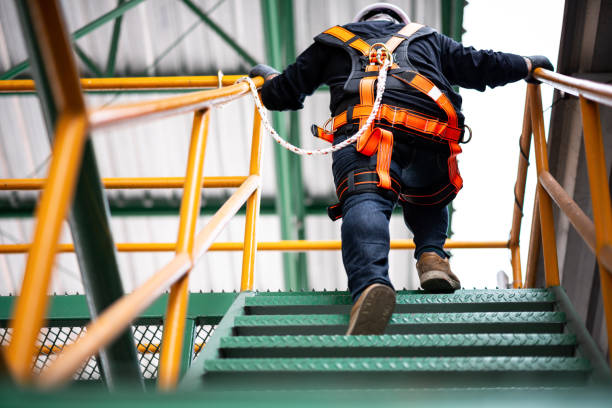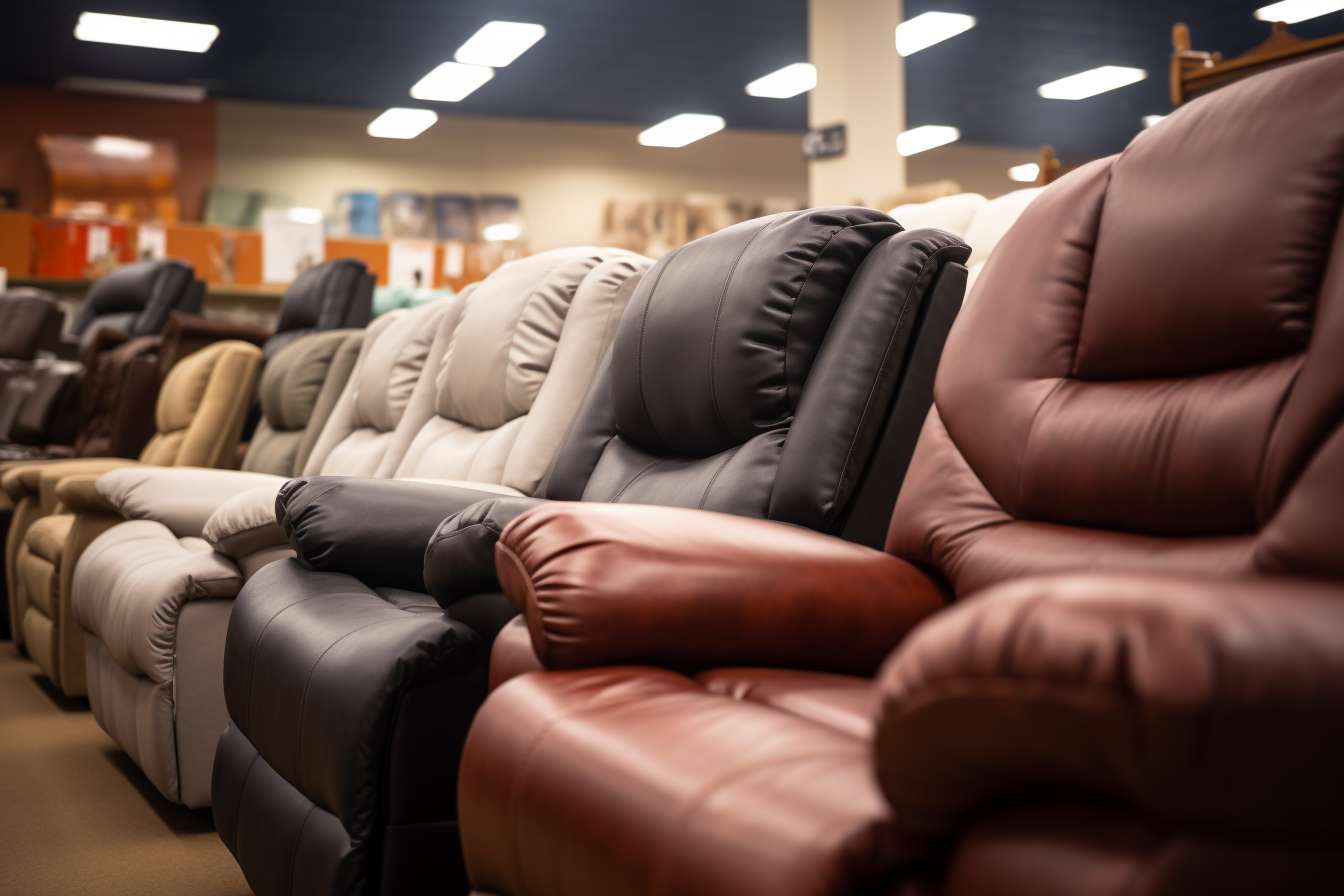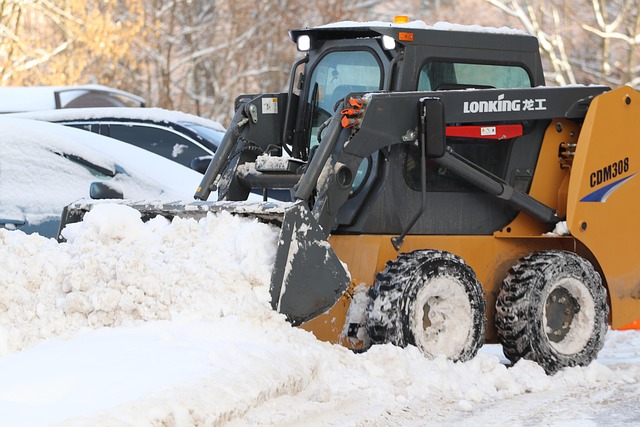Scaffolding
Scaffolding plays a crucial role in construction, renovation, and maintenance projects by providing secure platforms for workers to access elevated areas safely. This temporary structure enables construction professionals to perform their tasks efficiently while maintaining workplace safety standards. Understanding the basics of scaffolding is essential for anyone involved in construction or home improvement projects.

What is Scaffolding and Why is it Important?
Scaffolding consists of temporary elevated platforms supported by a framework of metal pipes or tubes. It serves multiple purposes in construction, including providing access to heights, supporting workers and materials, and ensuring safety during building work. The importance of scaffolding extends beyond mere accessibility – it’s a fundamental component that enables everything from basic repairs to complex architectural projects.
Common Types of Scaffolding Systems Available
Several scaffolding types are commonly used in construction projects:
-
Supported scaffolding: Built from the ground up with support posts
-
Suspended scaffolding: Hung from overhead structures
-
Mobile scaffolding: Equipped with wheels for easy relocation
-
System scaffolding: Prefabricated modular components
-
Tube and coupler scaffolding: Versatile setup using individual tubes and connecting pieces
Essential Safety Considerations for Scaffolding Use
Safety is paramount when working with scaffolding systems. Key safety considerations include:
-
Regular inspection of all components before use
-
Proper assembly by qualified personnel
-
Adequate guardrails and toe boards
-
Appropriate weight capacity adherence
-
Weather condition monitoring
-
Personal protective equipment requirements
-
Clear access and egress points
Important Features to Consider When Choosing Scaffolding
When selecting scaffolding for your project, evaluate:
-
Project height and accessibility requirements
-
Load-bearing capacity needed
-
Duration of use
-
Weather exposure
-
Storage and transportation needs
-
Compliance with local building codes
-
Ease of assembly and disassembly
Cost Considerations and Rental Options
| Scaffolding Type | Daily Rental Rate | Weekly Rental Rate | Monthly Rental Rate |
|---|---|---|---|
| Frame Scaffolding | $15-25 per section | $45-75 per section | $135-225 per section |
| Mobile Scaffolding | $35-50 per unit | $105-150 per unit | $315-450 per unit |
| System Scaffolding | $20-30 per section | $60-90 per section | $180-270 per section |
Prices, rates, or cost estimates mentioned in this article are based on the latest available information but may change over time. Independent research is advised before making financial decisions.
Professional Installation vs. DIY Considerations
Professional installation typically costs between $15-30 per square foot, depending on project complexity and location. While DIY assembly might seem cost-effective, professional installation ensures proper safety protocols and compliance with regulations. Consider factors such as:
-
Project scope and complexity
-
Time constraints
-
Safety requirements
-
Local building codes
-
Insurance requirements
-
Equipment availability
For most commercial projects and significant residential work, professional installation is strongly recommended to ensure safety and compliance with local regulations. Small-scale, low-height projects might be suitable for DIY assembly, provided proper safety measures are followed and local permits are obtained when required.




